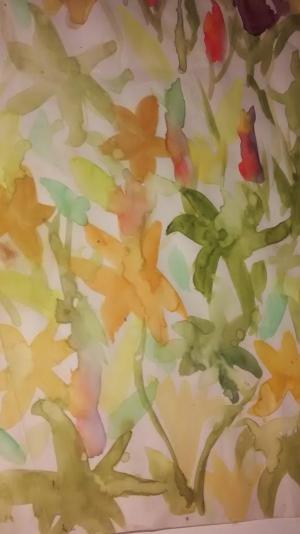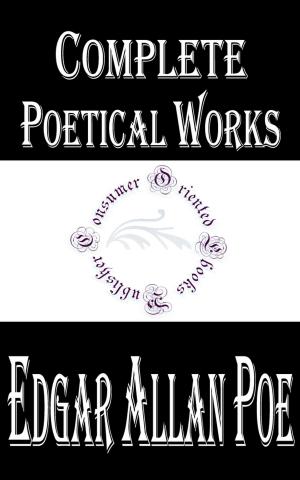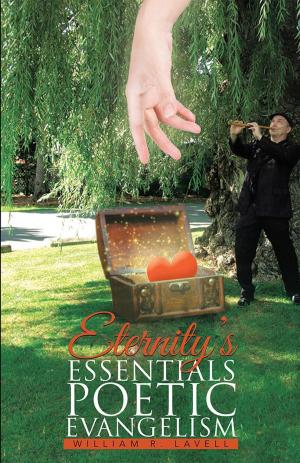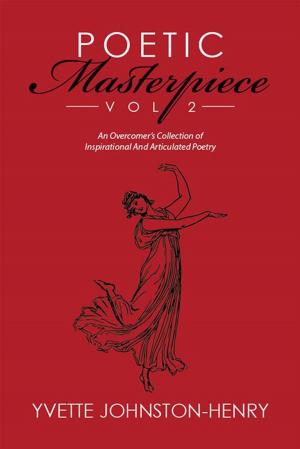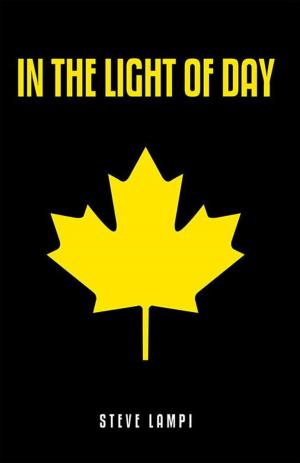A Hundred And Seventy Chinese Poems
Fiction & Literature, Poetry, Anthologies, Inspirational & Religious| Author: | Various | ISBN: | 1230000219815 |
| Publisher: | CONSTABLE AND COMPANY LTD. | Publication: | February 20, 2014 |
| Imprint: | Language: | English |
| Author: | Various |
| ISBN: | 1230000219815 |
| Publisher: | CONSTABLE AND COMPANY LTD. |
| Publication: | February 20, 2014 |
| Imprint: | |
| Language: | English |
A Hundred And Seventy Chinese Poems
Certain elements are found, but in varying degree, in all human speech. It is difficult to conceive of a language in which rhyme, stress-accent, and tone-accent would not to some extent occur. In all languages some vowel-sounds are shorter than others and, in certain cases, two consecutive words begin with the same sound. Other such characteristics could be enumerated, but for the purposes of poetry it is these elements which man has principally exploited.
English poetry has used chiefly rhyme, stress, and alliteration. It is doubtful if tone has ever played a part; a conscious use has sporadically been made of quantity. Poetry naturally utilizes the most marked and definite characteristics of the language in which it is written. Such characteristics are used consciously by the poet; but less important elements also play their part, often only in a negative way. Thus the Japanese actually avoid rhyme; the Greeks did not exploit it, but seem to have tolerated it when it occurred accidentally.
The expedients consciously used by the Chinese before the sixth century were rhyme and length of line. A third element, inherent in the language, was not exploited before that date, but must always have been a factor in instinctive considerations of euphony. This element was “tone.”
Chinese prosody distinguishes between two tones, a “flat” and a “deflected.” In the first the syllable is enunciated in a level manner: the voice neither rises nor sinks. In the second, it (1) rises, (2) sinks, (3) is abruptly arrested. These varieties make up the Four Tones of Classical Chinese.
The “deflected” tones are distinctly more emphatic, and so have a faint analogy to our stressed syllables. They are also, in an even more remote way, analogous to the long vowels of Latin prosody. A line ending with a “level” has consequently to some extent the effect of a “feminine ending.” Certain causes, which I need not specify here, led to an increasing importance of “tone” in the Chinese language from the fifth century onwards. It was natural that this change should be reflected in Chinese prosody. A certain Shēn Yo (a.d. 441-513) first propounded the laws of tone-succession in poetry. From that time till the eighth century the Lü-shih or “strictly regulated poem” gradually evolved. But poets continued (and continue till to-day), side by side with their lü-shih, to write in the old metre which disregards tone, calling such poemsKu shih, “old poems.” Previous European statements about Chinese prosody should be accepted with great caution. Writers have attempted to define the lü-shih with far too great precision.
A Hundred And Seventy Chinese Poems
Certain elements are found, but in varying degree, in all human speech. It is difficult to conceive of a language in which rhyme, stress-accent, and tone-accent would not to some extent occur. In all languages some vowel-sounds are shorter than others and, in certain cases, two consecutive words begin with the same sound. Other such characteristics could be enumerated, but for the purposes of poetry it is these elements which man has principally exploited.
English poetry has used chiefly rhyme, stress, and alliteration. It is doubtful if tone has ever played a part; a conscious use has sporadically been made of quantity. Poetry naturally utilizes the most marked and definite characteristics of the language in which it is written. Such characteristics are used consciously by the poet; but less important elements also play their part, often only in a negative way. Thus the Japanese actually avoid rhyme; the Greeks did not exploit it, but seem to have tolerated it when it occurred accidentally.
The expedients consciously used by the Chinese before the sixth century were rhyme and length of line. A third element, inherent in the language, was not exploited before that date, but must always have been a factor in instinctive considerations of euphony. This element was “tone.”
Chinese prosody distinguishes between two tones, a “flat” and a “deflected.” In the first the syllable is enunciated in a level manner: the voice neither rises nor sinks. In the second, it (1) rises, (2) sinks, (3) is abruptly arrested. These varieties make up the Four Tones of Classical Chinese.
The “deflected” tones are distinctly more emphatic, and so have a faint analogy to our stressed syllables. They are also, in an even more remote way, analogous to the long vowels of Latin prosody. A line ending with a “level” has consequently to some extent the effect of a “feminine ending.” Certain causes, which I need not specify here, led to an increasing importance of “tone” in the Chinese language from the fifth century onwards. It was natural that this change should be reflected in Chinese prosody. A certain Shēn Yo (a.d. 441-513) first propounded the laws of tone-succession in poetry. From that time till the eighth century the Lü-shih or “strictly regulated poem” gradually evolved. But poets continued (and continue till to-day), side by side with their lü-shih, to write in the old metre which disregards tone, calling such poemsKu shih, “old poems.” Previous European statements about Chinese prosody should be accepted with great caution. Writers have attempted to define the lü-shih with far too great precision.

